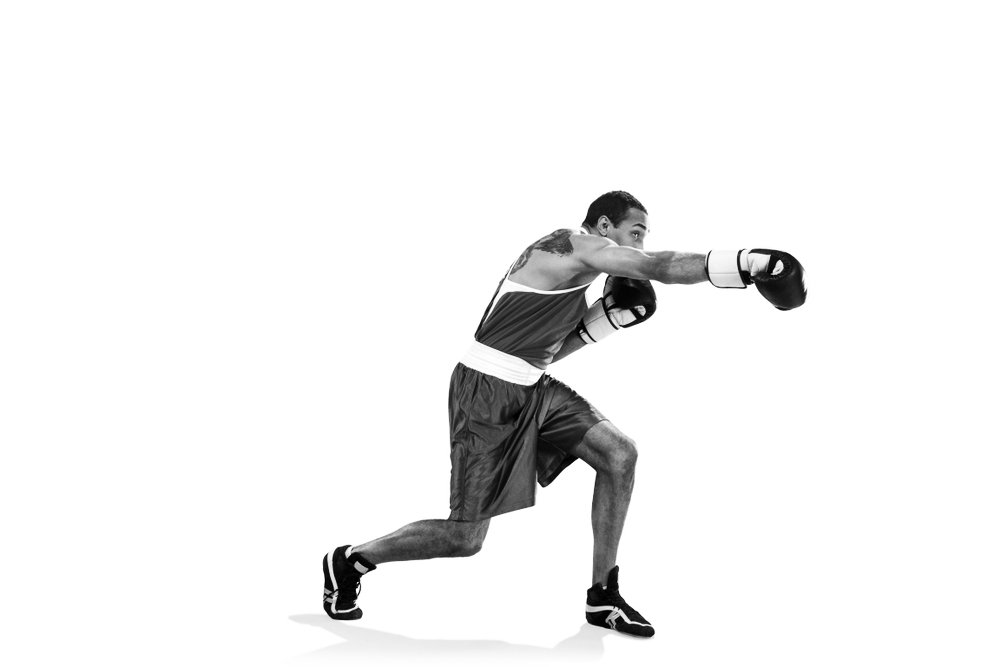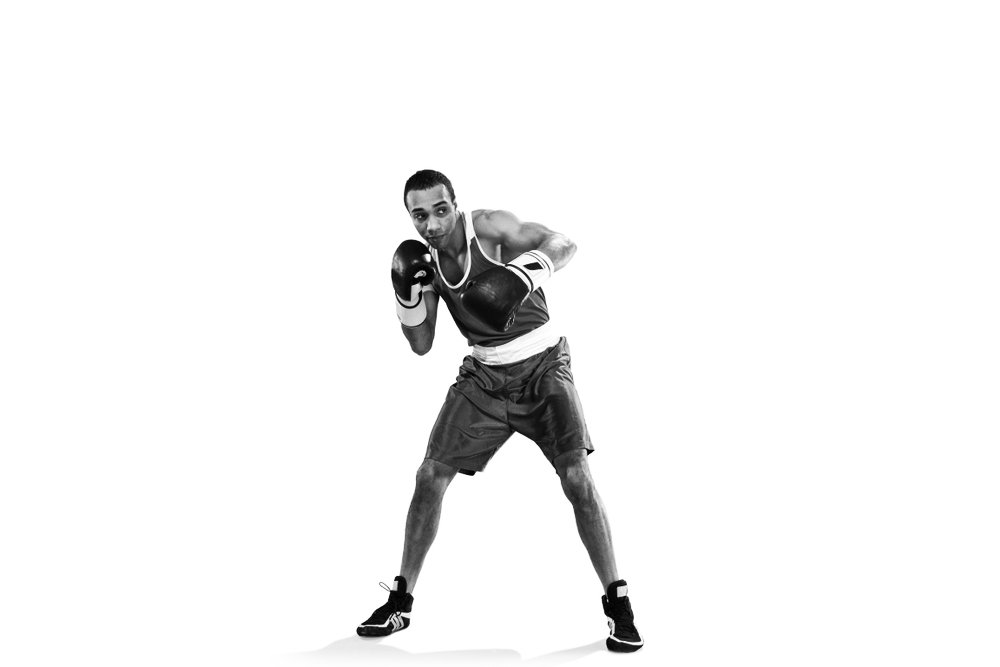The 6 Basic Punches
The six basic punches of boxing are often thought of as being straightforward and easy to understand. However, there is actually a great deal of complexity and nuance involved in executing these punches effectively.
First, let's consider the jab. This punch is often thought of as being a simple, quick punch that is used to set up other shots. While it is true that the jab is a relatively fast and simple punch, it can also be used in a variety of creative and unexpected ways. For example, a boxer might use a jab to control their opponent's movement, to set up a powerful follow-up punch, or to score points in a defensive fight.
Next, let's look at the cross. The cross is often thought of as the most powerful punch in a boxer's arsenal, and it is certainly capable of delivering a lot of force. However, the cross is also a punch that requires precise timing, balance, and footwork to be effective. A boxer who is off balance or out of position can easily be countered with a well-placed cross.
The hook is another punch that is often misunderstood. While it is certainly a powerful punch that can catch opponents off guard, it is also a punch that requires precise timing and footwork to be effective. A hook that is thrown too early or too late can easily be countered or avoided.
Finally, the uppercut is another punch that is often thought of as being simple and straightforward. However, the uppercut is actually a very difficult punch to execute effectively, as it requires the boxer to shift their weight and generate power from a low position. A poorly executed uppercut can easily be countered or avoided.
In summary, the six basic punches of boxing are often thought of as being simple and straightforward, but there is actually a great deal of complexity and nuance involved in executing these punches effectively. A good boxer must be able to use these punches in a variety of creative and unexpected ways, and must also be able to adapt to different situations and opponents.
Below is a list of the six basic punches, along with common mistakes to avoid:
Starting Position
Orthodox stance (Southpaws reverse ‘right’ and ‘left’):
Feet shoulder-width apart.
Step the right foot back.
Turn the heels 45-degrees.
Lift the rear heel up.
Bend the knees.
Elbows on the ribs.
Wrists straight.
Fingers tucked under thumbs.
Hands to chin.
Chin down.
1. The Jab
The jab is a straight punch with the lead hand. The way to throw a jab is as follows:
Extend the lead hand.
Turn the knuckles over.
Clench the fist before impact.
Exhale.
Punch through the target.
Turn the hip.
Lead shoulder raised over the jaw.
Rear hand protecting the other side of the jaw.
Relax the hand after impact.
Retract the hand to the guard
2. The Cross
The cross is a straight punch with the rear hand. The way to throw a cross is as follows:
Extend the rear hand.
Turn the knuckles over.
Clench before impact.
Exhale.
Punch through the target.
Turn the hip.
Turn the rear heel up.
Rear shoulder raised over the jaw.
Lead hand protecting the other side of the jaw.
Relax the hand after impact.
Retract the hand, hip and heel back to the original position.
3. The Lead Hook
The lead hook is a horizontally curved punch with the lead hand. The way to throw a lead hook is as follows:
Release the hand from the chin.
Circle the hand in an horizontal arc.
Turn the palm inwards.
Raise the elbow to shoulder-height.
Clench before impact.
Exhale.
Turn the hips.
Turn the front heel up.
Tuck the hand and elbow back into a guard.
4. The Rear Hook
The rear hook is a horizontally curved punch with the rear hand. The way to throw a rear hook is as follows:
Release the hand from the chin.
Circle the hand in a horizontal arc.
Turn the palm inwards.
Raise the elbow to shoulder-height.
Clench before impact.
Exhale.
Turn the hips.
Turn the rear heel up.
Tuck the hand and elbow back into a guard.
5. The Lead Uppercut
The lead uppercut is a vertically curved punch with the lead hand. The way to throw a lead uppercut is as follows:
Bend the knees.
Scoop the hand in an upwards arc.
Turn the palm inwards.
Clench before impact.
Exhale.
Drive up with the legs.
Turn the hips.
Turn the front heel up.
Return back into a guard.
6. The Rear Uppercut
The rear uppercut is a vertically curved punch with the rear hand. The way to throw a rear uppercut is as follows:
Bend the knees.
Scoop the hand in an upward arc.
Turn the palm inwards.
Clench before impact.
Exhale.
Drive up with the legs.
Turn the hips.
Turn the rear heel up.
Reverse back into a guard.
References
International Boxing Association (AIBA), 2018. Coaches - AIBA. [online] AIBA. Available at: <https://www.aiba.org/coaches2020/> [Accessed 13 October 2021].
Find this useful?
Follow me on social media:







